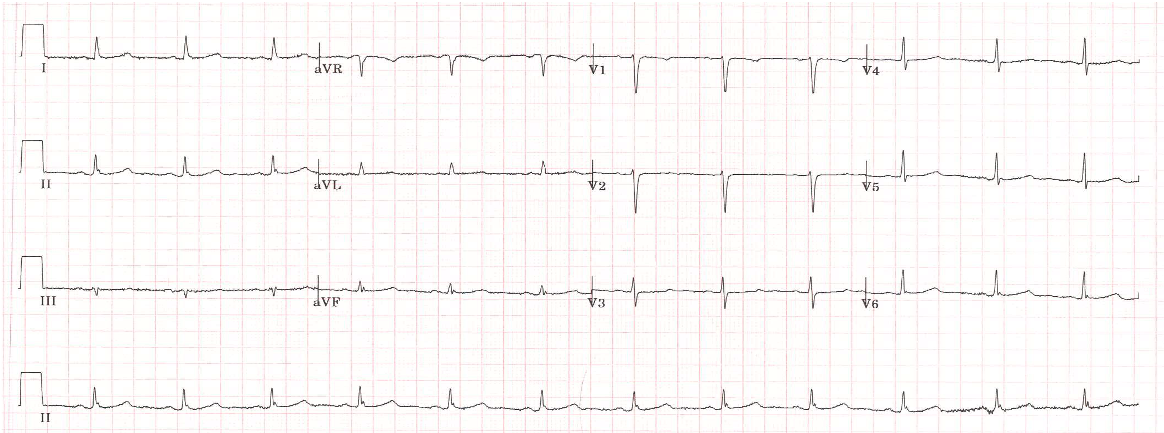CASE20230809_001
Complication Management: Aortic Dissection by Percutaneous Coronary Intervention “Watch-And-Wait”
By Hieu Quoc Huynh
Presenter
Huynh Quoc Hieu
Authors
Hieu Quoc Huynh1
Affiliation
Tam Duc Heart Hospital, Vietnam1,
View Study Report
CASE20230809_001
Complication Management - Complication Management
Complication Management: Aortic Dissection by Percutaneous Coronary Intervention “Watch-And-Wait”
Hieu Quoc Huynh1
Tam Duc Heart Hospital, Vietnam1,
Clinical Information
Relevant Clinical History and Physical Exam
The 60 -year- old female patient. She was hospitalized with persistent chest pain on exertion. She did the EST Treadmill in Singapore, which is unusual. She was advised to consult a cardiologist for further evaluation. She came to our hospital to continue her treatment as planned






Relevant Test Results Prior to Catheterization
Relevant Catheterization Findings
Interventional Management
Procedural Step
According to the classification of aortic dissection in coronary intervention.
 rca15.avi
rca15.avi
 rca17.avi
rca17.avi
 rca10.avi
rca10.avi
Case Summary
- Acute aortic dissection during PCI remains a very rare complication, with an overall incidence of 0.02%
